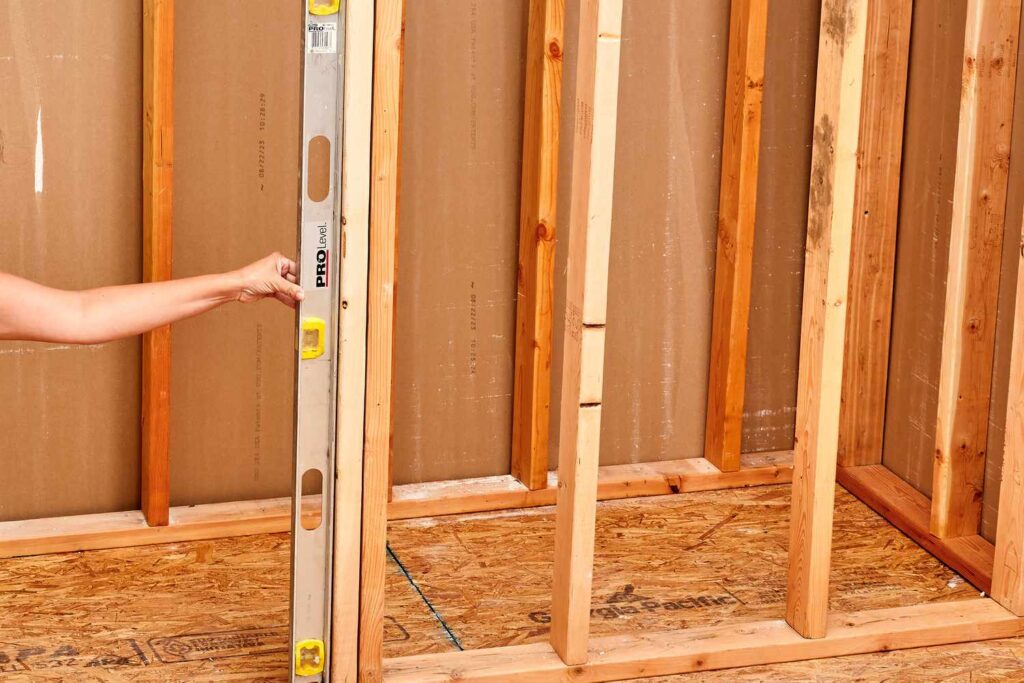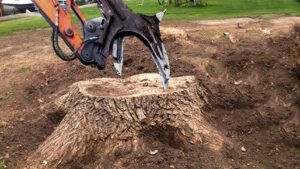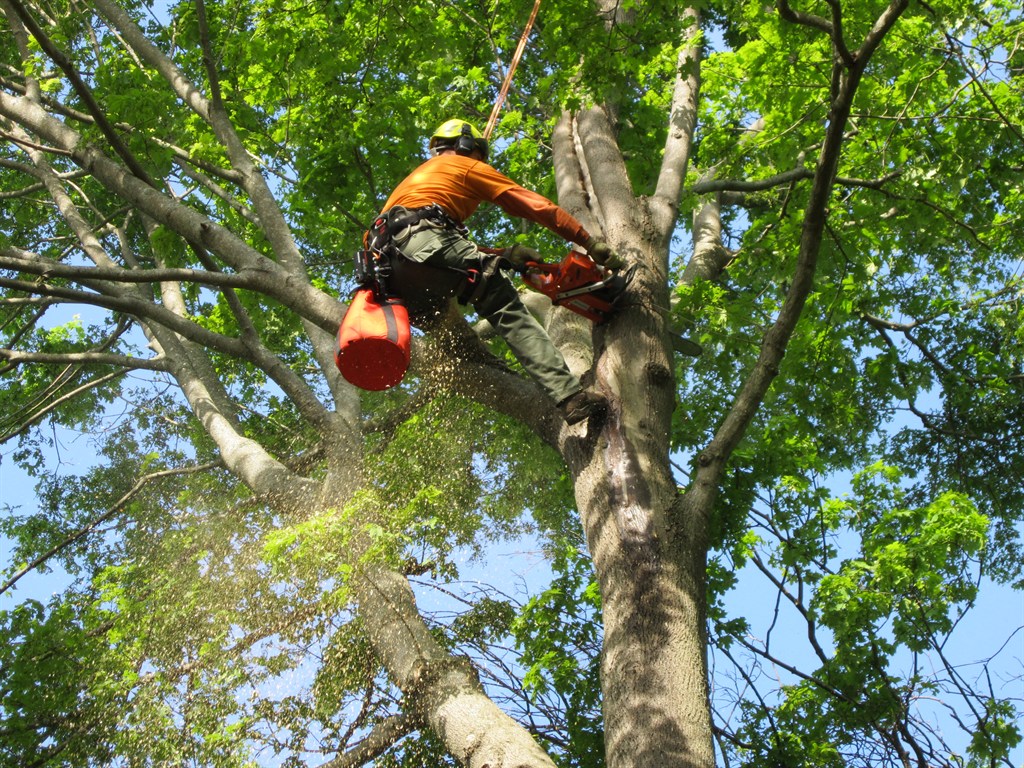
Comparing LVL Timber Formwork to Traditional Options
When it comes to constructing structures, the choice of formwork is crucial for ensuring quality and efficiency. LVL (Laminated Veneer Lumber) timber formwork has emerged as a modern alternative to traditional materials. This article delves into the differences, benefits, and considerations surrounding LVL timber formwork compared to traditional options.
Understanding the Basics of LVL Timber Formwork
Definition and Characteristics of LVL Timber Formwork
LVL timber formwork is made from thin layers of wood veneers that are bonded together with adhesives. These layers are aligned in a specific direction to maximize strength and minimize the potential for warping or splitting. LVL is designed to bear heavy loads while maintaining uniform shape and dimensions.
In conclusion, choosing between LVL timber formwork and traditional options requires careful consideration of various factors, including cost, durability, environmental impact, and project specifics. With advancements in technology, LVL timber is poised to play a crucial role in sustainable construction moving forward.
One of the defining characteristics of LVL timber is its engineered nature, which delivers greater consistency compared to traditional solid wood. This engineered wood product is also less likely to be affected by moisture, making it a reliable option for various climatic conditions. Furthermore, LVL is manufactured under controlled conditions, ensuring that each piece meets stringent quality standards. This level of precision not only enhances performance but also contributes to the overall safety and durability of construction projects.
Key Benefits of Using LVL Timber Formwork
There are several notable advantages to using LVL timber formwork:
- Strength and Stability: LVL’s structural integrity allows it to handle significant loads without bending or deforming.
- Reduced Waste: The manufacturing process generates less waste material due to the efficient use of wood veneers.
- Ease of Handling: Compared to heavier concrete forms, LVL timber is easier to transport and set up on site.
Additionally, LVL timber formwork can be reused multiple times, offering cost savings over its lifespan. This reusability not only contributes to economic efficiency but also aligns with sustainable building practices, as it reduces the demand for new materials. Moreover, the lightweight nature of LVL allows for quicker assembly and disassembly, which can significantly speed up construction timelines. In many cases, construction teams find that they can complete projects faster when utilizing LVL formwork, leading to improved project management and client satisfaction.
Another compelling benefit of LVL timber formwork is its versatility. It can be customized to fit various shapes and sizes, making it suitable for a wide range of applications, from residential buildings to large commercial structures. This adaptability ensures that builders can meet specific design requirements without compromising on structural integrity. Additionally, LVL can be combined with other materials, such as steel or concrete, to create hybrid systems that further enhance performance characteristics, making it a favored choice among engineers and architects alike.

A Closer Look at Traditional Formwork Options
Overview of Traditional Formwork Materials
Traditional formwork options typically include materials such as plywood, steel, and aluminum. Each of these materials has its unique properties and applications:
- Plywood: Used widely for its availability and relatively low cost, plywood can warp, especially under moisture.
- Steel: Known for its durability and strength, steel formwork is reusable but can be heavy and more challenging to handle.
- Aluminum: Lighter than steel, aluminum offers good strength and can also be reused, but it tends to be more expensive. Find more about aluminum on https://www.utoledo.edu/nsm/ic/elements/aluminum.html
In addition to these primary materials, it’s worth noting that the choice of formwork can also depend on the specific requirements of the construction project. For example, in projects involving complex shapes or intricate designs, specialized formwork systems may be employed. These systems can include modular components that allow for greater flexibility in design and can significantly reduce the time required for assembly and disassembly. Furthermore, advancements in technology have led to the development of engineered wood products that can offer enhanced performance characteristics compared to traditional plywood.
Advantages and Disadvantages of Traditional Formwork
Each traditional formwork material has its advantages. For instance, plywood is readily accessible and cost-effective, while steel provides exceptional strength. However, there are notable disadvantages:
- Weight: Many traditional materials, particularly steel, can be cumbersome, requiring additional labor for handling and setup.
- Moisture Sensitivity: Plywood can deteriorate in wet conditions, leading to potential project delays.
- Cost Effectiveness: While cheaper upfront, the long-term costs related to maintenance, replacement, or labor can accumulate.
Moreover, the environmental impact of traditional formwork materials is becoming an increasingly important consideration in the construction industry. The production and disposal of plywood, steel, and aluminum can contribute to carbon emissions and waste. As a result, many companies are exploring sustainable alternatives, such as recycled materials or innovative composite products that minimize ecological footprints. The shift towards greener construction practices not only helps in reducing environmental impact but can also enhance a company’s reputation and appeal to eco-conscious clients. This evolving landscape emphasizes the need for construction professionals to stay informed about the latest materials and methods available in the market.
The Comparative Analysis: LVL Timber vs Traditional Formwork
Cost Comparison Between LVL Timber and Traditional Formwork
When evaluating the costs associated with LVL vs. traditional formwork, initial material costs may suggest that traditional options are cheaper. However, it’s essential to consider the total cost of ownership, which includes labor, maintenance, and longevity.
LVL’s durability and the ability to be reused multiple times can result in lower overall project costs. In contrast, traditional materials may require more frequent replacements or repairs. Moreover, labor costs can be affected by the ease of installation; LVL timber is often lighter and easier to handle, which can lead to reduced labor hours on site. This efficiency can be a game-changer for project timelines and budgets, making LVL an attractive option for contractors looking to maximize their resources.
Durability and Longevity: LVL Timber vs Traditional Formwork
Durability is a vital factor for formwork materials. LVL timber is engineered for strength, resisting warping and damage that are common with traditional wood products. Additionally, LVL’s adhesive-bonded structure offers enhanced resistance to moisture compared to plywood.
Traditional materials vary widely in durability. While steel forms offer great strength, they can rust, leading to additional maintenance costs. Aluminum may not be as sturdy as steel, and plywood can degrade quickly if not adequately protected from the elements. Furthermore, the lifecycle of LVL timber can be significantly longer than that of traditional materials, which often need to be replaced after just a few uses. This longevity not only enhances the economic viability of LVL but also contributes to a more sustainable construction practice by reducing the frequency of material disposal.
Environmental Impact: LVL Timber vs Traditional Formwork
The environmental impact of construction materials is increasingly becoming a priority. LVL timber is sourced from sustainably managed forests, making it a more eco-friendly option compared to traditional materials that may have less stringent sourcing practices.
Additionally, the production process of LVL timber generates less waste. This sustainability factor is a significant consideration for environmentally-conscious builders and developers. The carbon footprint associated with transporting materials also plays a crucial role; LVL timber can often be sourced locally, reducing transportation emissions. Moreover, the ability to recycle LVL timber at the end of its life cycle further enhances its appeal as a sustainable choice. By opting for LVL, builders not only contribute to a greener planet but also align with the growing demand for responsible construction practices in the industry. To learn more about carbon click here.
Making the Right Choice: Factors to Consider
Assessing Your Project Needs
Consider the specific requirements of your project when determining the most suitable formwork. Factors such as the height and complexity of the pour, project duration, and budget constraints should influence your choice.
If your project involves repeated uses or alterations, LVL timber may offer the flexibility and durability needed for success. Additionally, the ease of assembly and disassembly of LVL timber can significantly reduce labor hours, allowing for a more streamlined workflow on-site. This efficiency can be particularly beneficial in projects with tight deadlines, where every minute counts.
Considering the Long-Term Implications
Long-term implications extend not just to costs but also to the durability and environmental effects of your choice. While traditional materials may seem more affordable initially, LVL timber formwork’s longevity and reusability can result in more sustainable practices. The initial investment in higher-quality materials can yield substantial savings over time, as they often require less frequent replacement and maintenance.
Choosing materials with lower maintenance needs can save time and labor costs in the long run. Moreover, the resilience of LVL timber against warping and cracking under varying weather conditions ensures that your formwork remains reliable throughout the construction process, minimizing the risk of costly delays or rework.
Evaluating the Environmental Impact
As sustainability continues to influence building practices, evaluating the environmental impact of your choices is paramount. Opting for LVL timber can contribute positively to environmental goals due to its renewable properties and reduced waste production. The sourcing of LVL timber from sustainably managed forests further enhances its eco-friendly profile, making it a responsible choice for environmentally conscious builders.
Traditional materials often come with greater environmental costs related to extraction, processing, and disposal. By prioritizing sustainable materials, builders can play a role in promoting ecological balance. Additionally, the use of LVL timber can often lead to lower carbon footprints throughout the lifecycle of the project, from production to installation. This holistic approach not only benefits the environment but can also resonate well with clients and stakeholders who value sustainable practices in construction.

The Future of Formwork: Trends and Innovations
Technological Advancements in Formwork
Emerging technologies in formwork include innovations such as smart formwork systems that use sensors for monitoring and optimizing placement and usage. These advancements promote greater efficiency and safety on job sites, moving away from traditional trial-and-error methods. By utilizing real-time data, construction teams can make informed decisions that enhance workflow, reduce downtime, and ultimately lead to cost savings. The ability to track the curing process of concrete, for example, allows for precise timing in the removal of formwork, which can significantly impact project timelines.
Integration with building information modeling (BIM) can also streamline the planning and execution process, reducing waste and improving accuracy. This synergy between formwork systems and BIM technologies allows for a more collaborative approach among architects, engineers, and contractors. With detailed 3D models, stakeholders can visualize the entire construction process, anticipate challenges, and optimize resource allocation. Furthermore, the use of augmented reality (AR) in conjunction with BIM can enhance on-site training and communication, ensuring that all team members are aligned with the project goals.
Sustainability Trends in Formwork Materials
As the construction industry moves toward sustainability, there is a noticeable trend towards materials that offer lower environmental footprints. Manufacturers are investing in the development of sustainable alternatives and eco-materials that satisfy both performance and ecological requirements. This shift is not only driven by regulatory pressures but also by a growing awareness among consumers and investors regarding the importance of sustainable practices. The use of recycled materials in formwork, for instance, is becoming increasingly common, allowing companies to reduce waste while still achieving high performance standards.
LVL timber represents a significant step in this direction, showcasing how engineered wood products can enhance building practices while minimizing impact on the environment. This material not only provides strength and versatility but also contributes to carbon sequestration, making it a more environmentally friendly option compared to traditional concrete formwork. Additionally, the lifecycle of LVL timber can be extended through responsible sourcing and innovative design, which further supports sustainability goals. As the demand for greener construction practices continues to rise, the exploration of alternative materials and methods will likely lead to even more groundbreaking innovations in the field of formwork.
Other resources: Why Formwork LVL Is Ideal for Heavy-Duty Construction Projects





















